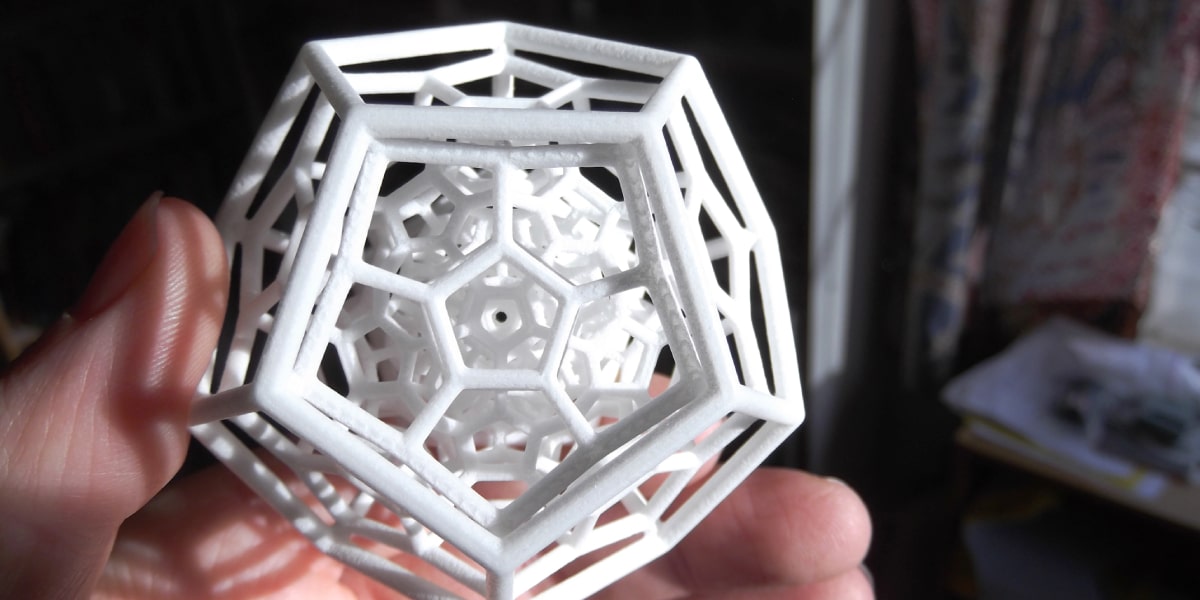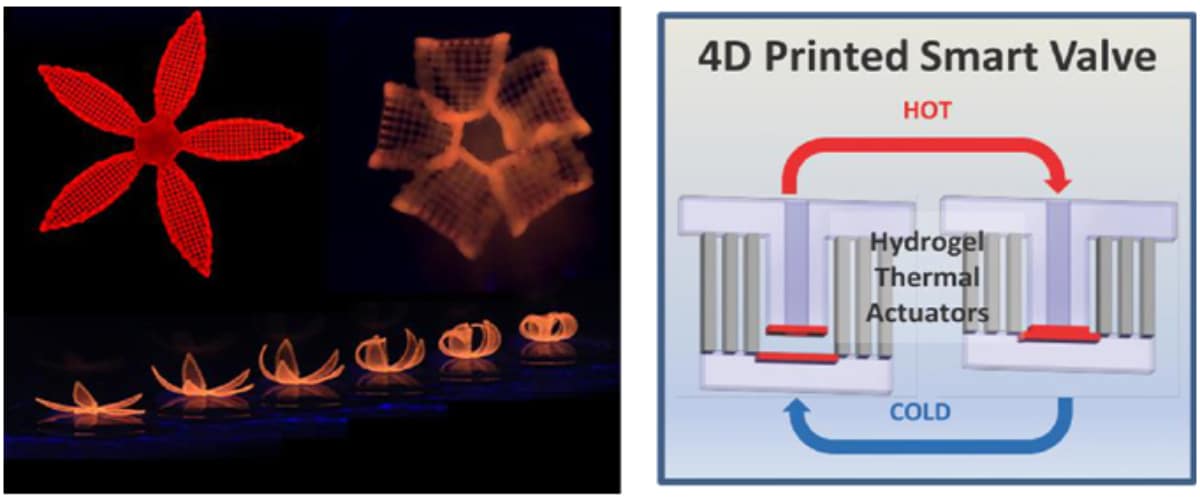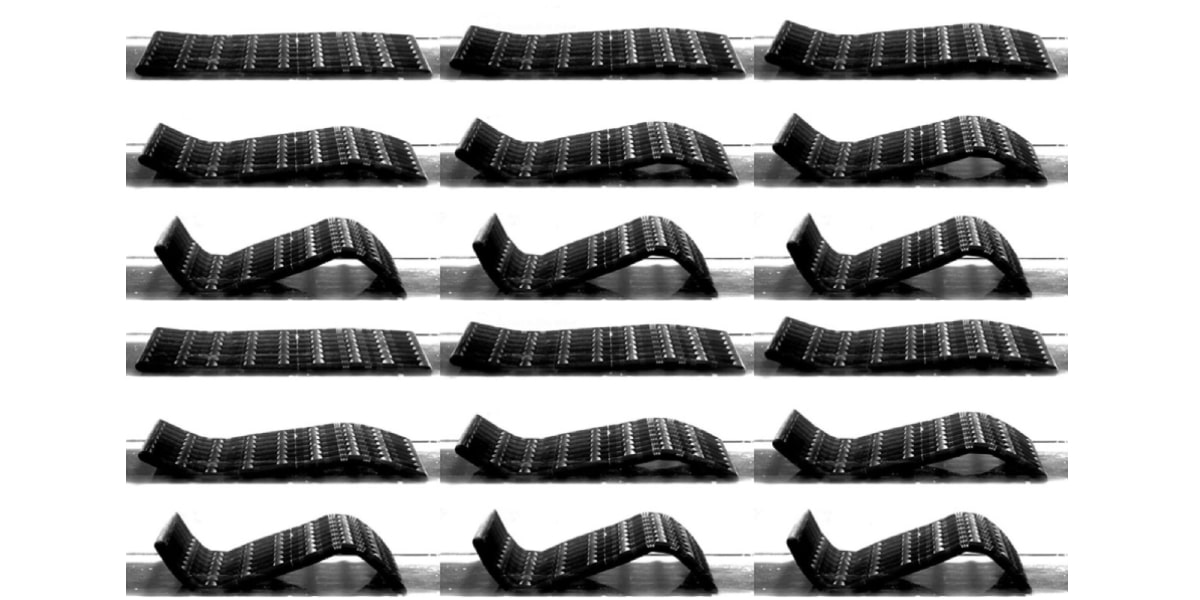
You've probably heard of 3D printers, but what about 4D? Technology advances by leaps and bounds and, in this case, the physical impression was not going to be less. 4D printing allows you to print all kinds of figures that adapt to all areas, they can do unimaginable things, science fiction. Let's see what are 4D printers and what can they do.
The world of 3D printers It has become in recent years a phenomenon that has astonished more than one. They are capable of making all kinds of figures in a few seconds, something that was unimaginable a few years ago.
Everything evolves, and with it also the impression towards a wider terrain. It is true that 3D printing still has a lot to improve, still many advances remain to see of this technology. However, the Print 4D wants to make a dent and be noticed, breaking the limits that we had imagined in the world of physical printing.
What are 4D printers?
4D printers are the evolution of 3D. They take the concept of physical printing much further, since it is not only a printer that prints things in different shapes that we can touch, but It is capable of mixing different types of materials that give rise to more complex shapes.
In other words, 4D printing allows print objects using materials that are adapted to the environment with which they are interactingThe object being capable, for example, of repairing itself in the event of failure or breakage.
This technology has been designed to take a step beyond what we already had with 3D printers. What is truly important about 4D printers is that they have been put at the service of science and health, leading to the creation of tools that can improve the lives of many people.
4D printing applications
It is still too early to talk about real applications of 4D printing, as it is in a growth and development stage. That is why many researchers, companies, scientists, laboratories and universities are studying this interesting technology.
Even so, objects have already been created with 4D printers through various to prototypes. We should make a classification of the prototypes that have been created taking into account in which field would they apply. Let's see next:

In the construction industry
Impression of 4D bricks that can change shape, capable of modifying walls.
In the field of architecture
Allows the creation of infrastructure ceilings and / or walls by means of 4D printing capable of adapting to the surroundings that surround them (day and night, cold and heat) and thus allow their interior conditions to change.
In the pharmaceutical industry
Create devices capable of exploring blood vessels.
In the field of medicine and biomedicine
Impression of prosthesis that modify their shape in the face of specific stimuli. There is talk that artificial organs could be created with this technology.
In computing
For the development of hardware elements that can modify their shape.
In the textile industry
Design garb y footwear through 4D printing that can change shape and adapt to the climate or conditions of the moment (if the person exercises, some characteristics of the fabric such as its elasticity are adapted).
In transport and logistics
4D printing of items such as packaging, able to adapt to the climate and be more resistant to certain climatic conditions such as water, humidity, and temperature.
Materials used by 4D printers

This technology is in a research, growth and development stage, it is still too early to start talking about something that is already here. It is starting to work with designing prototypes with these printers.
Materials such as fiber network, which can be adapted and can be programmed and have different variations depending on the properties of the material and its size.
The most common materials are: water-reactive polymers (they react to the contact of water), thermo-reactive polymers (they react to contact with light), shape memory digital polymers (allows you to create objects that can change and return to their original shape) and cellulose compounds (they react to temperature and / or humidity).
In 4D printing, we also find the material called LCE (Liquid Crystalline Elastomers), or what is the same, liquid crystal elastomers. It is a soft material that allows quick and reversible changes (require programming).
Differences between 3D and 4D printers

3D printing is the additive manufacturing of objects, that is, 3D printers allow convert digital planes into physical objects from several layers.
4D printing, on the other hand, is based on this technology, the truth is that in this case special materials and sophisticated designs are used, which are basically programmed in order to make 3D printing change its shape.
Ultimately, 4D printing is a renewal and expansion of 3D printing. 3D printing creates objects that once built they can't change. However, in 4D printing, they allow objects to acquire the quality of change according to the conditions of the environments since They are made with special materials.
4D printing, moving towards limitless technology

With the 4D printing, the concept of printing that we knew has completely changed, going further. We are talking that it will be possible to create objects with the quality of mutating into other forms each time it is exposed to certain environmental conditions (light, temperature, humidity, cold, heat, etc.).
This allows materials to be used that respond to external stimuli (pre-programmed) such as thermal, kinetic, gravitational, magnetic and of many more types.
To this day, we could affirm that the impression 4D has no limits and there is still a lot to explore of this technology. Undoubtedly, 4D printers will mark a before and after in the world of physical printing, with the creation of objects of authentic science fiction.